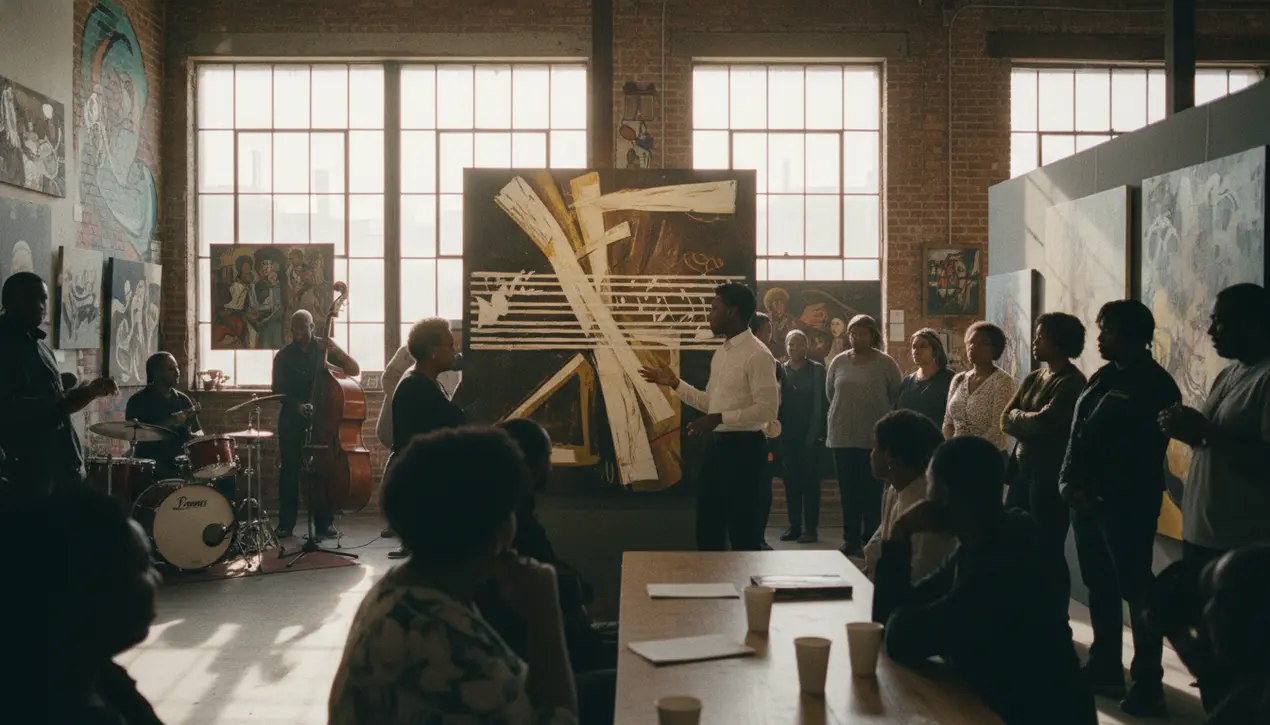
Entertainmenttheatre & artsArt Exhibitions
The Detroit Vanguard: Forging a Crucible for Black Art
BR
Brian Miller
2 hours ago7 min read1 comments
Long before the Black Arts Movement captured national attention in the late 1960s, Detroit was already its vibrant, beating heart. The city's rise as a preeminent hub for Black art was not a sudden cultural moment but a deliberate act of creation—a powerful response to a landscape that offered few opportunities.A pioneering generation of artists, refusing to wait for inclusion, built a self-sustaining ecosystem from the ground up. They established their own galleries in storefronts, curated their own exhibitions in church basements, and fostered collectives that served as incubators for raw, unfiltered expression.This was a masterclass in cultural self-determination, born from the potent energy of the Great Migration's final wave. The city pulsed with a unique rhythm, a fusion of Southern roots, Northern ambition, the auto industry's hum, and the nascent sound of Motown.In this fertile ground, visionaries like painters Allie McGhee and Charles McGee understood that community itself was the most essential medium. They cultivated spaces that were less like formal galleries and more like vibrant salons, where painters, poets, and musicians could cross-pollinate ideas.The art they produced was a direct extension of life—a bold exploration of Black identity, history, and politics that mirrored the improvisational genius of John Coltrane and the raw soul of Aretha Franklin. By writing their own rulebook and building their own stages, Detroit's artistic vanguard created a timeless legacy, proving that a true cultural hub is forged not by external validation, but by the relentless, collective work of those within it.
#Black artists
#Detroit
#art scene
#community
#cultural hub
#featured
Stay Informed. Act Smarter.
Get weekly highlights, major headlines, and expert insights — then put your knowledge to work in our live prediction markets.
Comments
Loading comments...
© 2025 Outpoll Service LTD. All rights reserved.